A take on the Ghibli Trend and others like it in the future.
Exploring the Ghibli Trend: Perspectives on AI Art and Authenticity
As the Ghibli-inspired art trend captures attention, it’s essential to recognize that we’re not witnessing an isolated phenomenon. This particular trend is part of a larger narrative surrounding artistic expression, one that will likely continue to evolve in the future. While some voices in the art community express concerns about the implications of AI-generated art on traditional forms, I believe many overlook the broader context.
Understanding the Impact of Large Studios
First and foremost, it’s crucial to recognize that Studio Ghibli is not a small creative endeavor. With their extensive resources and established reputation, Ghibli has undoubtedly benefited from increased visibility thanks to this trend. This surge in popularity may well be strengthening their brand rather than diluting their artistic integrity.
The Distinction Between AI and Traditional Art
Additionally, the idea that AI-generated art diminishes the value of traditional artwork might be overstated. In most instances, observers can distinguish between the unique touches of handcrafted art and the outputs of AI algorithms. Authenticity remains a key factor for many art enthusiasts, suggesting that traditional artistry holds its ground.
The Concept of Inspired Artwork
It’s also important to consider that the phenomenon of inspired artworks is far from new. The creative world has always thrived on interpretation and influence. In the past, artists who wished to create “Ghibli-esque” images would hire professionals to help realize their vision. Today, AI has merely made this process more accessible to a broader audience, democratizing artistic creation.
Join the Conversation
I would love to hear your thoughts on this topic. Do you think the rise of AI-generated art is a threat to traditional forms, or can they coexist harmoniously? Your insights and opinions are welcome as we navigate this fascinating intersection of technology and creativity. Let’s discuss!
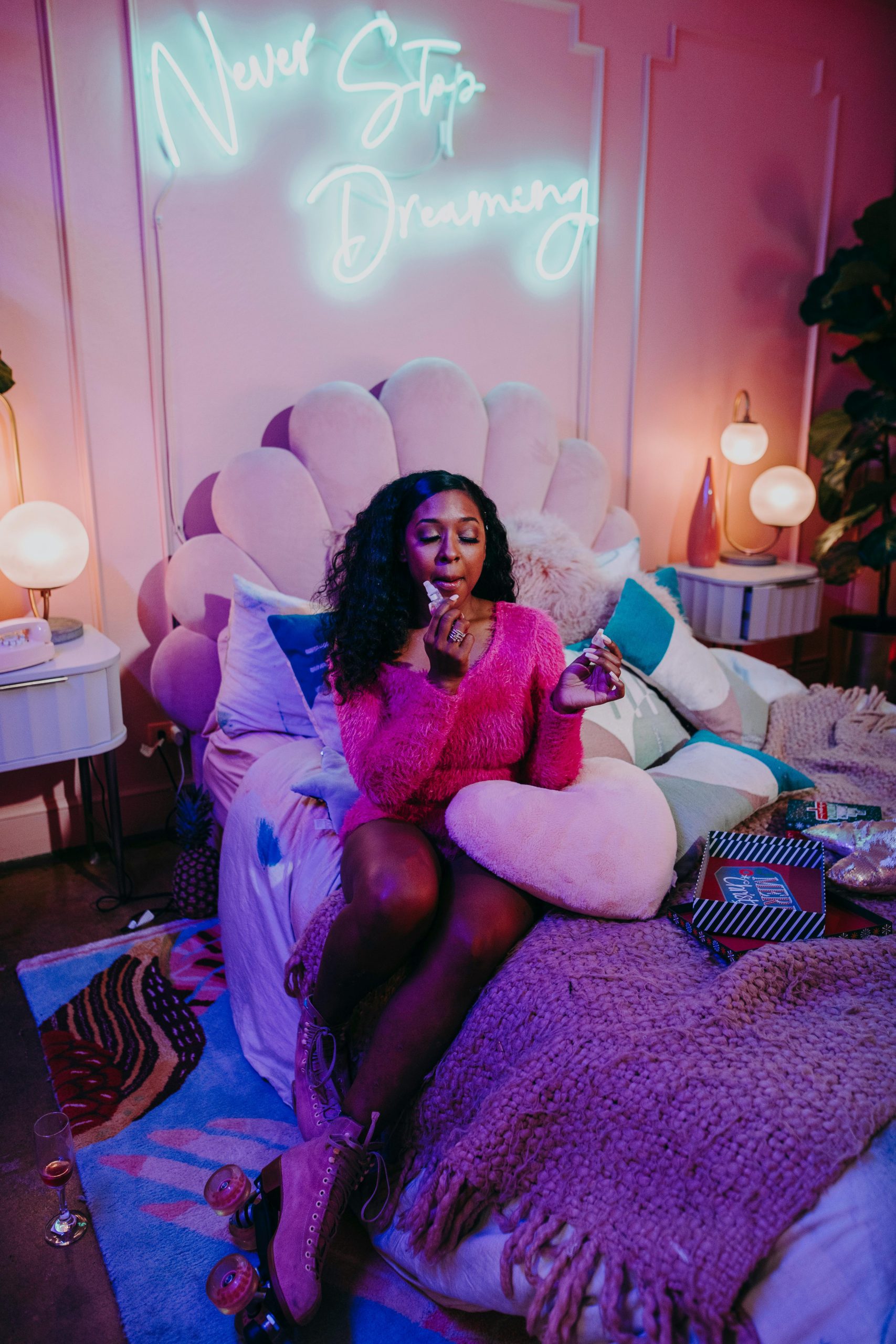
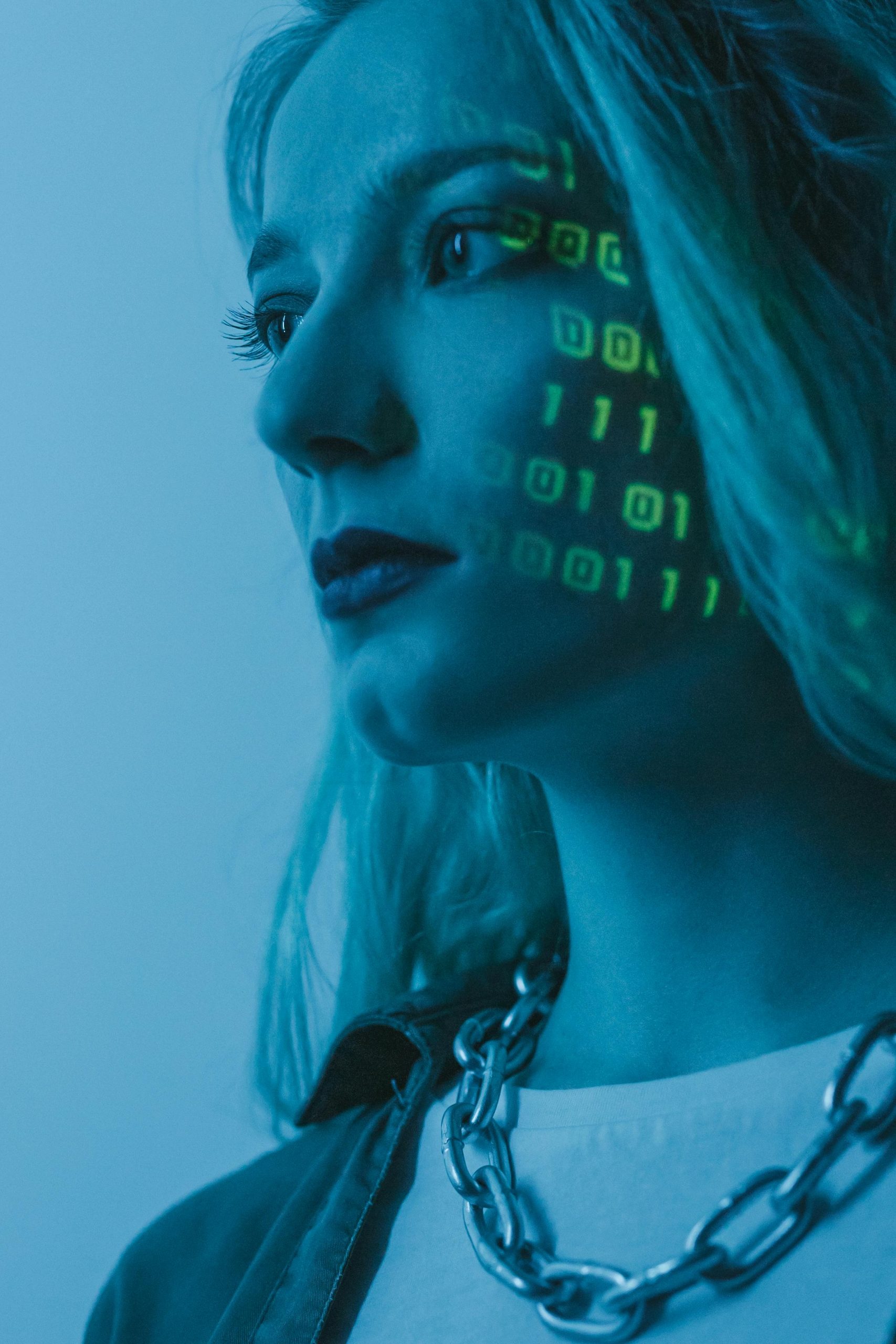
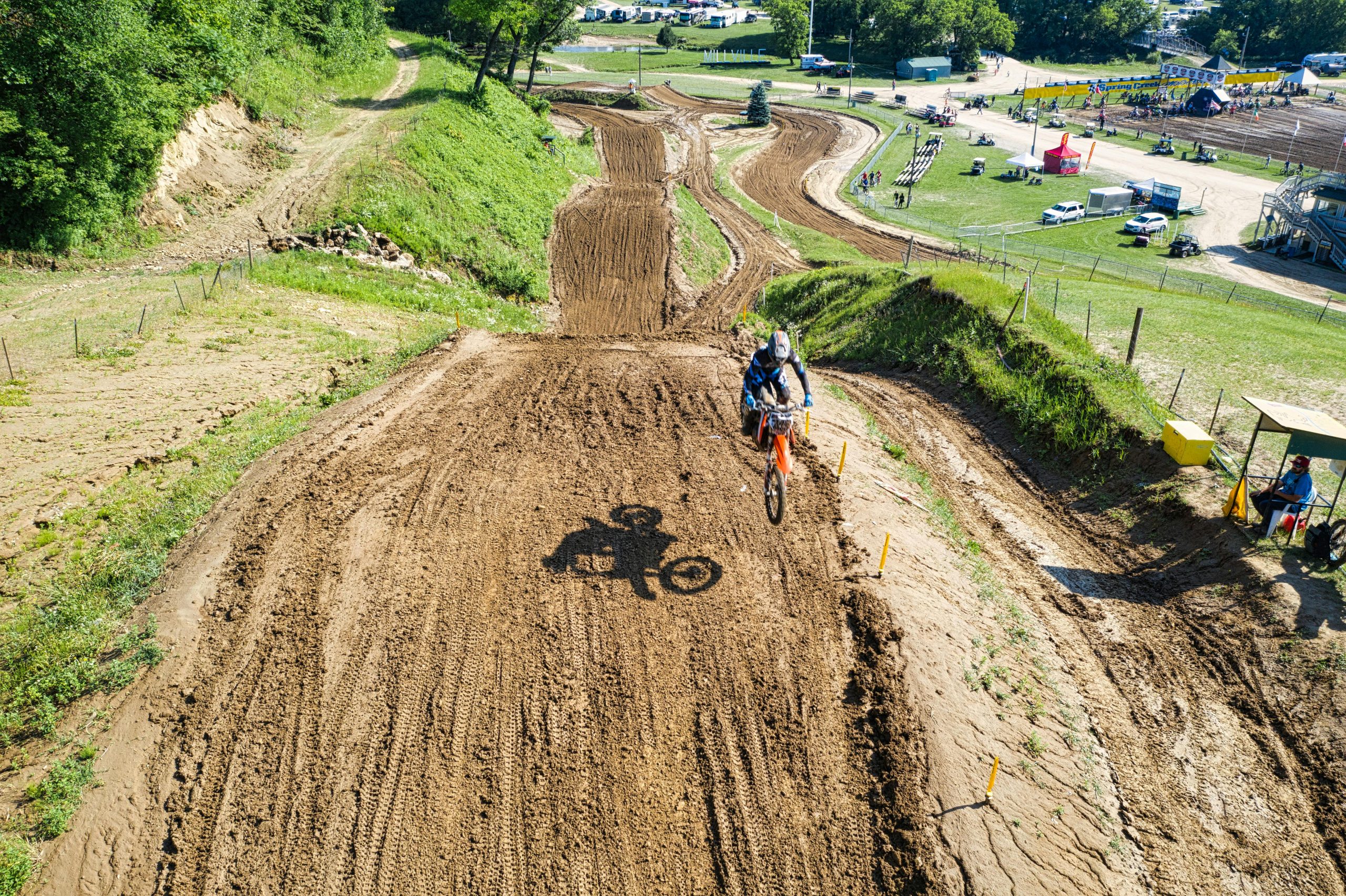
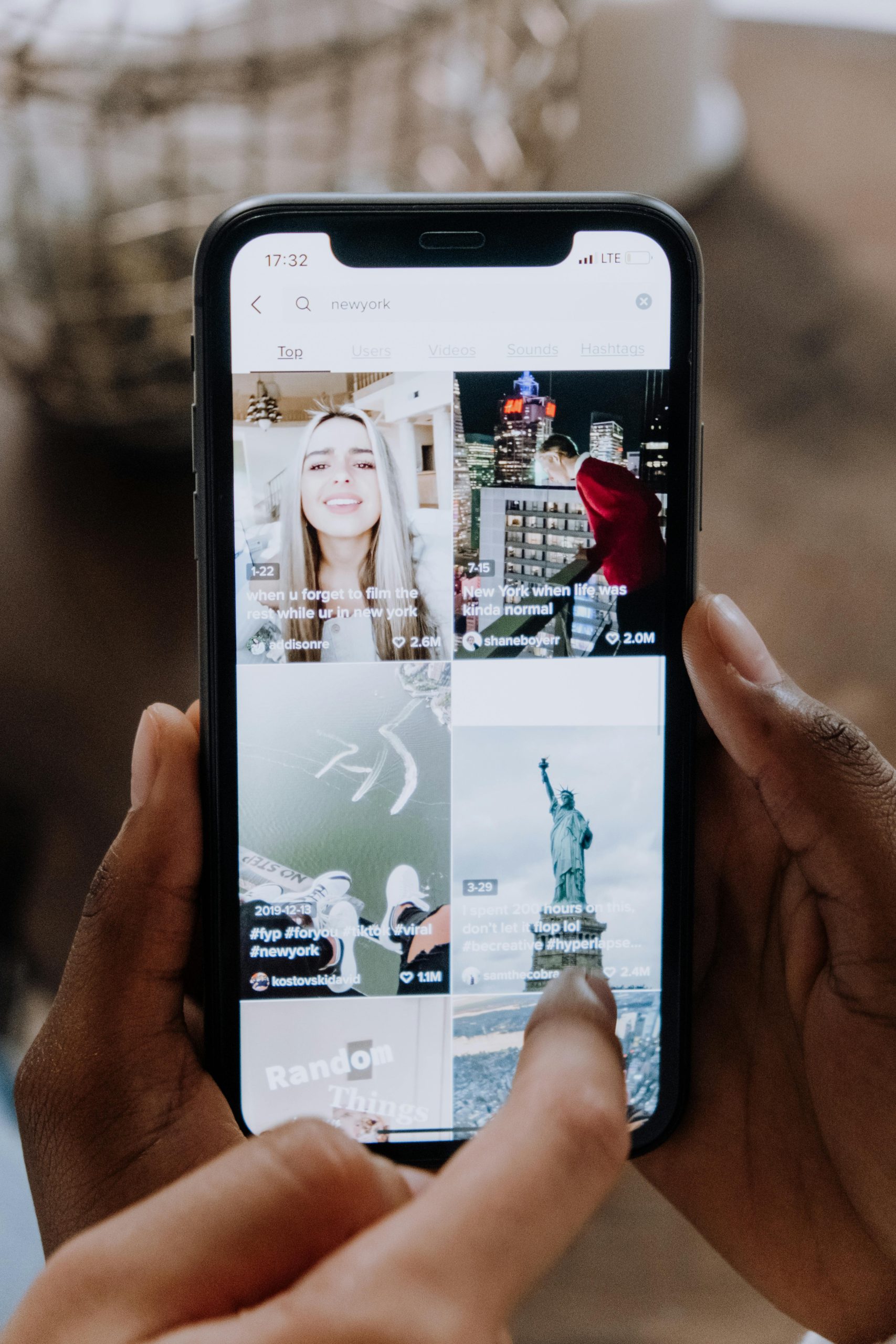




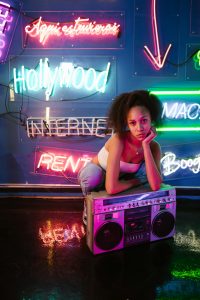
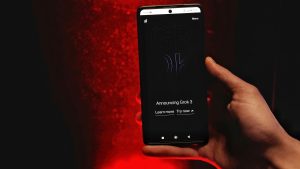
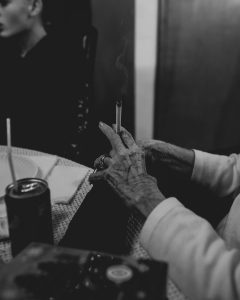
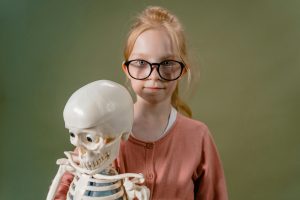

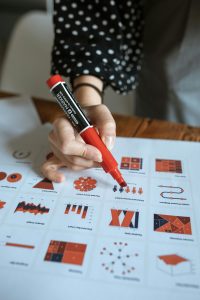
1 comment